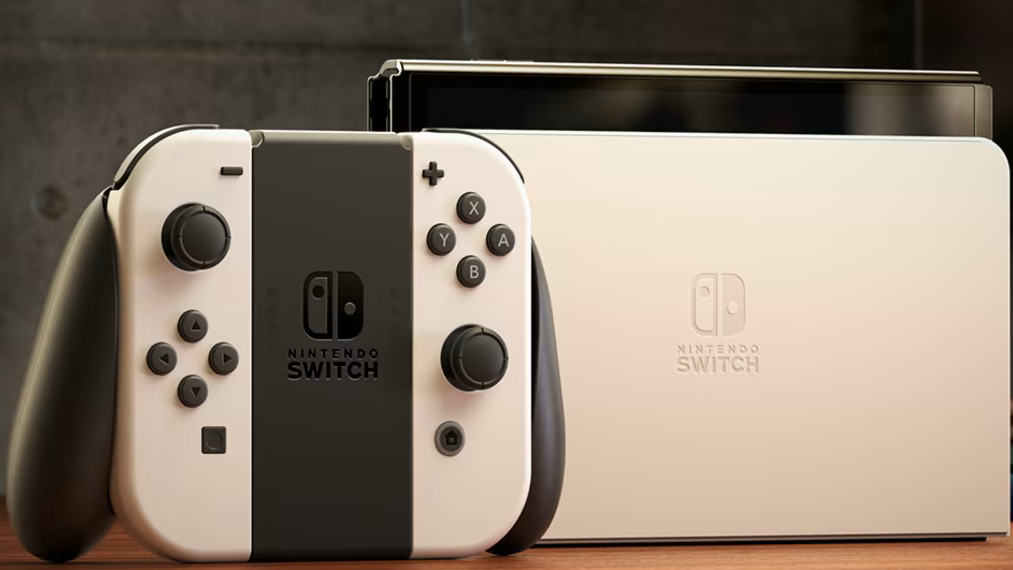For years, the ability to save your game state has been a cornerstone of emulators, but the tides may be shifting to bring this feature to consoles. Sony has recently filed a patent that reveals a potential future PlayStation controller equipped with a dedicated Save State button. This information surfaced thanks to a legal document unearthed on PatentScope by Tech4Gamers. According to the document, players could use "rewind mode" during live gameplay through specific controller inputs, allowing them to review past moments in the game—essentially rewinding, fast-forwarding, or playing through gameplay before returning to the present moment. Of course, it’s important to remember that not all patent ideas make it to the production line.
For emulator enthusiasts, the "rewind mode" described might ring a bell. This feature is reminiscent of the save and load state functions they’ve come to know so well. Nintendo Switch Online’s selection of retro games has even integrated save states and brief rewind features. Unlike the PC emulators, which assign these actions to keyboard keys, or the Nintendo Switch that uses custom button combinations, Sony aims to have a dedicated button possibly located near the D-Pad for immediate access.
Sony’s "Gameplay Rewind With User Triggered Bookmarks" patent graphic, showcasing the button designed to activate a control overlay, save states, and more. (Image credit: Sony via Patentscope)
Beyond the sphere of emulators, save states have popped up in some unexpected places within gaming—beyond your standard save files. A notable example is the 2003 action-adventure hit, Prince of Persia: Sands of Time. Released on PlayStation 2, Xbox, and Nintendo GameCube, the game’s sands of time mechanic was groundbreaking, allowing players to correct fatal mistakes by rewinding time—similar to how save state capabilities in emulators let you undo errors or mishaps.
However, it’s critical to understand that such a button wouldn’t universally work with every game, especially not in multiplayer settings. Games requiring synchronized states among players or servers wouldn’t support this feature. It’s tailored mainly for single-player experiences, and there’s a contingent of gamers, particularly fans of the challenging Soulsborne series, who might argue that this kind of functionality could detract from the game’s intended challenge and integrity.















































